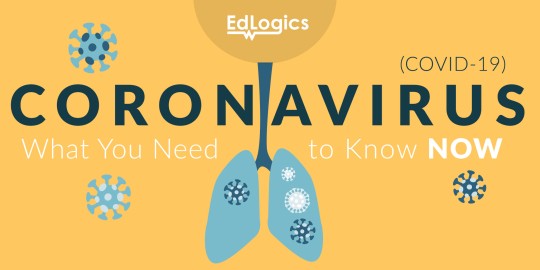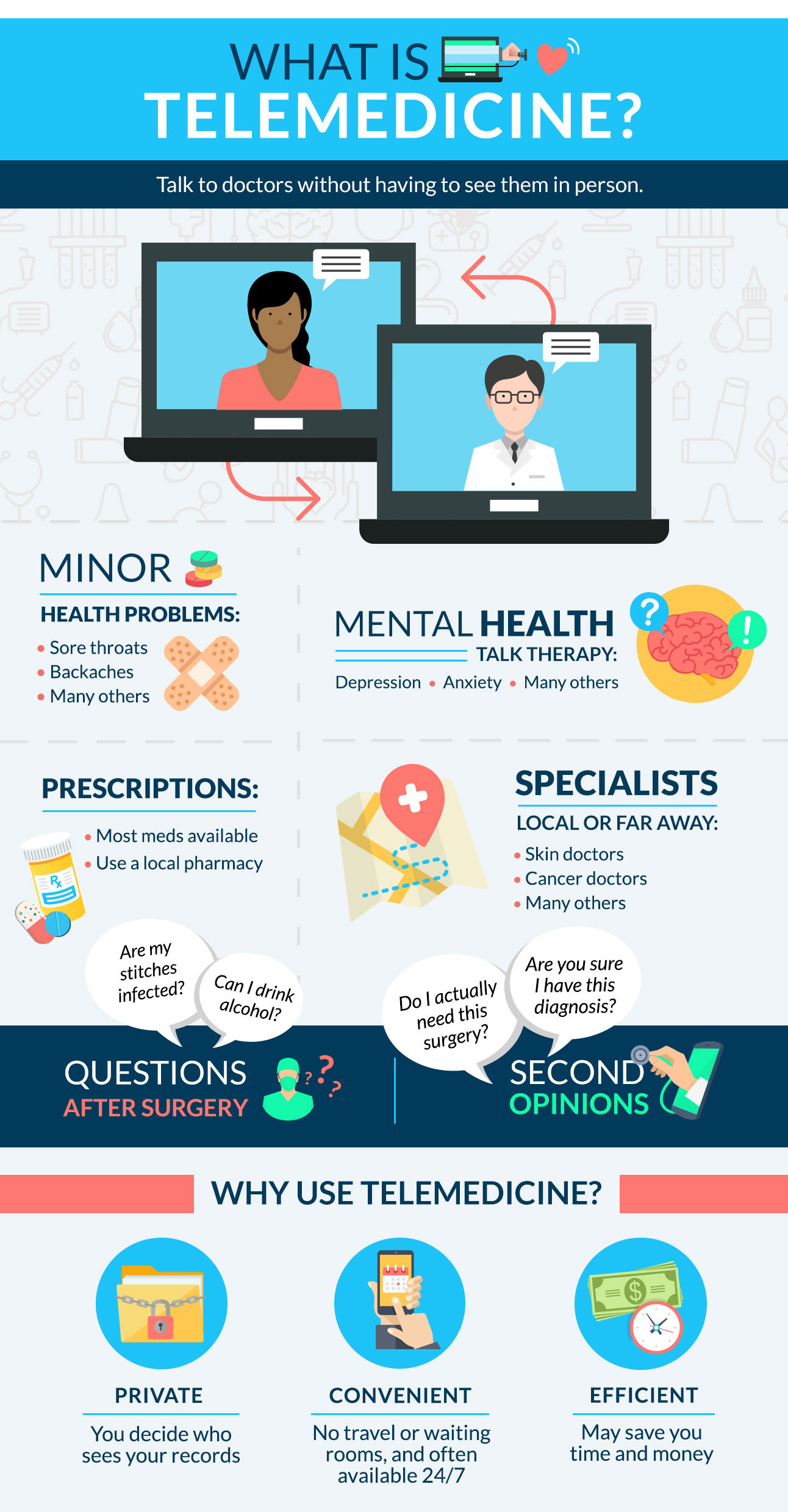| Healthcare Inequality Sooner or later, we all get sick, and we all need healthcare. Of course, not all Americans have equal access to healthcare. Some of us can’t afford it. Some live far from quality providers. Some experience prejudice based on race, sex, or gender identity. The result? Huge numbers of people suffer and die from health problems they could have avoided — if they’d had equal access to healthcare. The COVID-19 pandemic shines a light on a harsh truth. Black Americans are more than twice as likely to die from COVID-19 than any other ethnic group. In some states, including DC, the mortality rate of Black Americans is 5 to 6 times as high as it is for White Americans. Experts say this is partly because chronic conditions that raise the risk of dying from COVID-19 — like asthma, heart disease, and diabetes — are more common in minority communities. But again, that’s often because these communities have less access to healthcare and health education. And yet, when it comes to healthcare costs, we all affect each other. No man, or social demographic, is an island. Everyone needs medical care at some point. That can mean cost-effective, regular preventive screenings — like mammograms and colonoscopies — that help people avoid health problems. But it can also mean high-priced treatments when chronic conditions go untreated. Insulin for diabetes. Chemotherapy for cancer. ER trips for heart attacks. Not to mention the avoidable pain, suffering, and death that disproportionately affects people of color. Untreated conditions require more expensive treatments down the line. And — whether it’s the person, the hospital, health insurance, or the government — someone has to pay for it. Low health literacy and less access to healthcare for some people means higher healthcare costs for everyone. Extreme events like a pandemic have a way of giving clarity to a murky situation. And if one thing’s been made clear, it’s that we need to fix racial health disparities — and aim for real healthcare equality. It’s not just the right thing to do. It’s the smart thing to do. |
Subscribe now. Know when we publish our latest articles on health literacy, gamification, and healthcare.
Jerry Gulley currently serves as EdLogics’ Chief Content Officer. He trained at the Culinary Institute of America in Hyde Park, New York and has held positions with Cooking Light, Health, and AllRecipes.


Coronavirus Update
What You Need to Know NOW!EdLogics is monitoring the spread of Covid-19 (coronavirus) and we are frequently updating our content to help educate the public about this rapidly changing public health issue. There are still many unknowns about this virus, including how it spreads and how soon someone who has become infected will show symptoms.
The most important message for all of us is “don’t panic!” To help, our clinical and creative teams have created a clear guide to “What You Need to Know” about the virus.
Due to the urgent nature of this problem, we hope you will share it with all of your contacts.
Subscribe now. Know when we publish our latest articles on health literacy, gamification, and healthcare.
Jerry Gulley currently serves as EdLogics’ Chief Content Officer. He trained at the Culinary Institute of America in Hyde Park, New York and has held positions with Cooking Light, Health, and AllRecipes.


Improve Health Literacy Where You Work: 4 Helpful Resources
If you’re an employer, you already know the high costs of providing healthcare benefits.There’s no end in sight.
Total costs of providing medical and pharmacy benefits in 2019 are expected to rise 5% for the sixth straight year, according to an annual survey by the National Business Group on Health.
That means employers at big companies can expect to pay around $15,000 per worker in the coming year. Blame it on costly claims, specialty medications, and certain diseases, say many employers.
But here’s something you may not know:
Health literacy — the ability to understand and act on health information — plays a role, too. According to a University of Connecticut study, low health literacy costs the US healthcare system about $238 billion a year.
Simply put, when people don’t have the knowledge they need to make good decisions about their health, they make poorer decisions — choices that lead to poorer health and higher costs.
Low health literacy costs more. High health literacy costs less.
Consider these scenarios:
- An employee’s child sprains her ankle. In a panic, the parent rushes the child to the ER. They rack up a huge bill, even though they could have treated the child at home for free.
- A doctor prescribes an expensive medicine for one of your staff. The employee doesn’t know to ask for a generic version, so they end up paying much more for the brand-name drug.
- A 53-year-old worker puts off his colonoscopy year after year, saying he doesn’t have time for silly tests. Doctors don’t find he has cancer until much later, resulting in expensive hospital bills and treatments — not to mention pain, suffering, and weeks or even months of missed work —or worse.
In each scenario, improving health literacy could mean better health for less money. Studies show that people with low health literacy tend to have more health claims, more hospital stays, more trips to the ER, less compliance with treatment plans, and higher death rates.
In contrast, people with high health literacy tend to have fewer health claims, fewer needs for special services, more compliance with medication and treatment plans, and better health overall.
Finding the Right Health Literacy Resources
Improving health literacy isn’t easy. “There’s no quick fix,” said EdLogics advisor Brian Primack, MD, PhD, director of the Center for Research, Media, Technology, and Health at the University of Pittsburgh, in a recent EdLogics webinar. Still, Dr. Primack added, “We are moving the needle.”
If you’re an employer, a human resources manager, or other business leader who’s committed to finding ways to improve health literacy in your organization, these resources can help:
Developing a Plan in Your Organization
Centers for Disease Control and Prevention
Use the CDC’s workbook, sample action plan, and links to government sites to create your organization’s health literacy plan. Includes a state-by-state directory of health literacy initiatives.
Quick Guide to Health Literacy
US Department of Health and Human Services (PDF)
You know your company needs a health literacy program, but you’re not sure where to start? This guide will walk you through the basics, including best practices and simple, concrete tips for writing and designing good content.
Everyday Words for Public Health Communication
Centers for Disease Control and Prevention
The first rule in developing health content for low-literacy users: Avoid doctor-speak. This indispensable guide shows you how, with an index of commonly used medical terms and their plain-language alternatives.
Webinar: Improving Health Literacy: What Works, What Doesn’t
EdLogics and Global Action Platform
Watch the video: Health literacy expert Russell Rothman, MD, MPP, of Vanderbilt University and gamification expert Brian Primack, MD, PhD, of the University of Pittsburgh share an overview of what makes health literacy programs effective.
EdLogics’ gamified learning platform combines engaging, personalized content and activities with unique incentives to help users improve their health literacy. Want a demo? Contact us!
Subscribe now. Know when we publish our latest articles on health literacy, gamification, and healthcare.


INFOGRAPHIC: How Telemedicine Works
Get medical help without seeing a doctor in person
Subscribe now. Know when we publish our latest articles on health literacy, gamification, and healthcare.
Jerry Gulley currently serves as EdLogics’ Chief Content Officer. He trained at the Culinary Institute of America in Hyde Park, New York and has held positions with Cooking Light, Health, and AllRecipes.


New Definition of High Blood Pressure
Changes in Guidelines Affect MillionsIn hopes that patients will talk to their doctors about high blood pressure and possible treatments sooner, heart experts have changed the guidelines for the condition. The changes will greatly increase the number of US adults who have high blood pressure.
High bold pressure is now defined as a reading of 130 over 80 and above. Previously a reading of 140 over 90 and above was the definition of high blood pressure. This is the first time in 14 years that the definition has changed.
With the change in guidelines, the percent of US adults living with high blood pressure increased to 46% from 32%. That is nearly half of all adults. And younger adults – those under 45 – saw even bigger increases.
Many people live with high blood pressure and don’t know it. Getting a blood pressure reading by a health professional is the only way to know for sure – there are usually no signs or symptoms. Some symptoms may appear if blood pressure rises or falls quickly:
- Dull headaches
- Dizzy spells
- Unusual nosebleeds
High blood pressure can be deadly if not treated, so it is important to take a diagnosis seriously. Lifestyle changes can help control high blood pressure:
- Don’t smoke or use other tobacco products
- Limit use of ibuprofen and aspirin
- Keep a healthy weight
- Exercise regularly – try to get it 30 minutes of moderate exercise five days a week
Talk to a health professional to get more information about high blood pressure.
Subscribe now. Know when we publish our latest articles on health literacy, gamification, and healthcare.
Jerry Gulley currently serves as EdLogics’ Chief Content Officer. He trained at the Culinary Institute of America in Hyde Park, New York and has held positions with Cooking Light, Health, and AllRecipes.